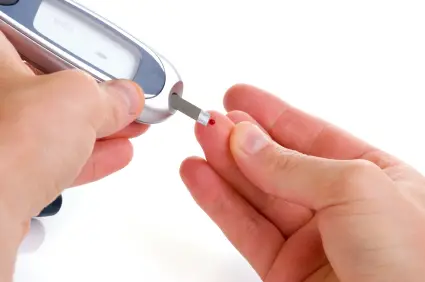Diabetic nerve pain is a common complication occurring in the patients of diabetes with an elevated blood sugar level.
Over time, if this elevated level of glucose tends to remain consistent, it can cause irreversible damage to the nerves in the hands and feet.

Such damage leads to a distinct type of pain, which is known as the diabetic nerve pain.
This pain differs from the headache pain, arthritis, or a sprained ankle pain. It is even different from the muscle pain, which is a protective form of pain in which the nerves in the injured muscle send warning signals to brain to indicate damage.
In nerve pain, the nerves send additional signals, which results in pain even if you are doing something that do not cause pain, such as opening a door. It is also known as the non-protective form of pain.
Symptoms
The most common symptoms of this kind of pain are:
- shooting,
- tingling,
- burning,
- stabbing,
- numbness,
- stinging,
- throbbing,
- electric shock-like feeling,
- sensitivity to touch.
However, a few patients may not show these symptoms at all.
The pain is most commonly felt in hands and feet. It is most likely to come and go but the underlying damage to the nerves is permanent. The type and intensity of the pain differ significantly from one person to another.
It can take many years for the diabetic nerve pain to develop. There might be no signs of pain during the early stages but later tingling or numbness in feet might surface. With time, you may also experience pain in your hands, which seems to worsen at night. In other words, the symptoms come up late but the nerve damage happens much earlier.
This is a sign that the nerves in that area are damaged. It is controllable by changing or restricting the chores as well as regulating the level of blood glucose.









































